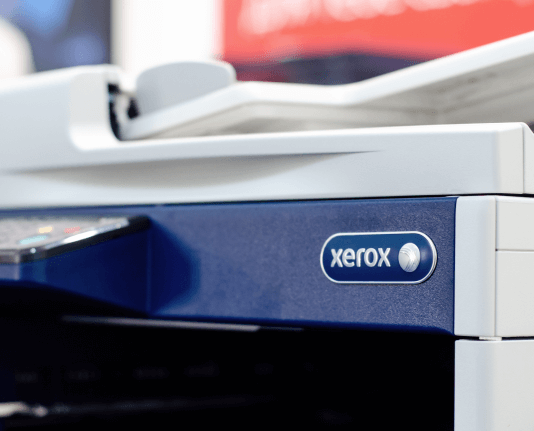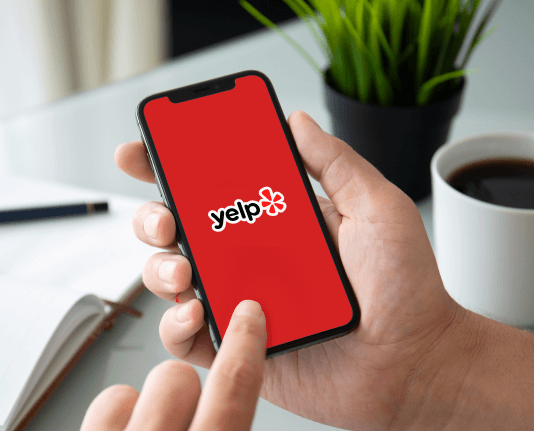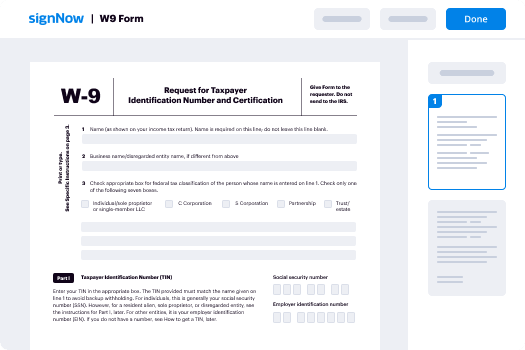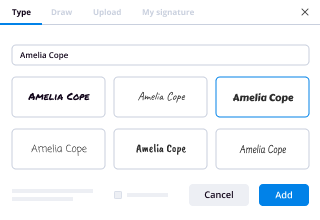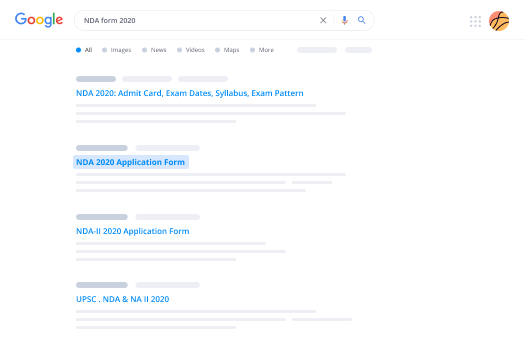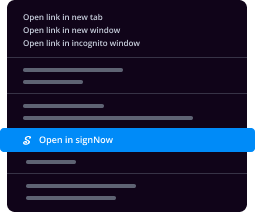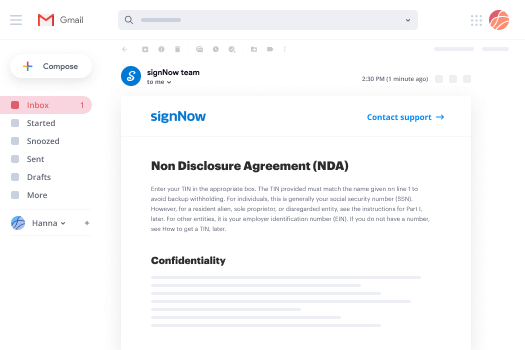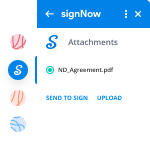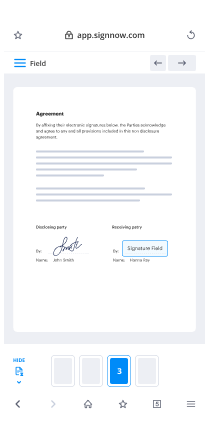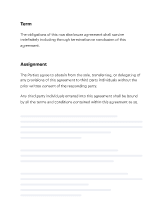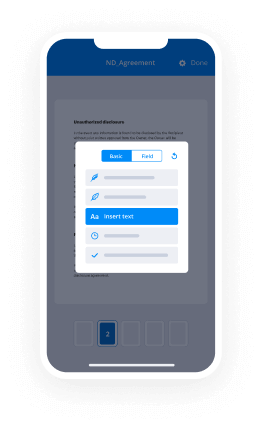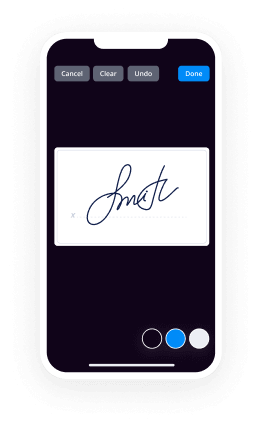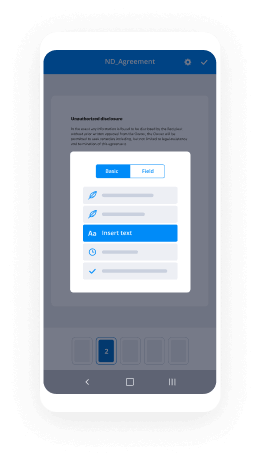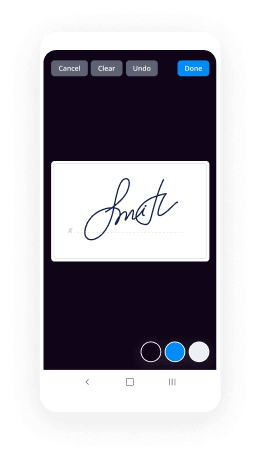Help Me With Sign Oregon Banking Presentation
Make the most out of your eSignature workflows with airSlate SignNow
Extensive suite of eSignature tools
Robust integration and API capabilities
Advanced security and compliance
Various collaboration tools
Enjoyable and stress-free signing experience
Extensive support
Keep your eSignature workflows on track
Our user reviews speak for themselves






Grasping routing number 123200101
The routing number 123200101 is crucial for effectively overseeing your payments and transactions. Leveraging tools like airSlate SignNow can greatly enhance your document signing workflow, simplifying the management of critical agreements and contracts without the inconvenience of physical documents. This guide will lead you through the process of utilizing airSlate SignNow's advantages for your enterprise.
Employing routing number 123200101 with airSlate SignNow
- Launch your web browser and go to the airSlate SignNow website.
- Sign up for a free trial account or access your current account.
- Select the document you want to sign or send for eSignature.
- If you intend to reuse the document, transform it into a template.
- Open your document and make any necessary modifications, such as incorporating fillable fields.
- Add signature fields for yourself and any parties who require signing.
- Press 'Continue' to set up and send your eSignature invitation.
In summary, airSlate SignNow offers a robust and user-friendly platform for handling your document signing requirements. Its capabilities, paired with user-friendliness, can result in considerable time and cost reductions for your business.
Prepared to discover the advantages of airSlate SignNow? Begin your free trial today and revolutionize your approach to document eSigning!
How it works
Rate your experience
-
Best ROI. Our customers achieve an average 7x ROI within the first six months.
-
Scales with your use cases. From SMBs to mid-market, airSlate SignNow delivers results for businesses of all sizes.
-
Intuitive UI and API. Sign and send documents from your apps in minutes.
A smarter way to work: —how to industry sign banking integrate
FAQs
-
What is the routing number 123200101 used for?
The routing number 123200101 is primarily used for identifying financial institutions in the United States. It allows for the efficient processing of transactions such as direct deposits, wire transfers, and electronic payments. If you're using airSlate SignNow for document signing that involves financial transactions, knowing this routing number is essential.
-
How can I find my bank's routing number like 123200101?
To find your bank's routing number, like 123200101, you can check your bank statement or visit your bank's official website. Additionally, most banks provide this information on their customer service phone line. Knowing your routing number is crucial for setting up direct deposits or making electronic payments.
-
Is there a fee associated with using routing number 123200101 for transactions?
Using routing number 123200101 itself does not incur fees; however, your bank may charge fees for specific types of transactions. When using airSlate SignNow for sending documents that require financial transactions, be sure to verify any associated costs with your bank. Understanding these details can help you avoid unexpected charges.
-
What features does airSlate SignNow offer that utilize routing number 123200101?
airSlate SignNow provides features that enable users to send and eSign documents, including financial documents that may require the inclusion of routing number 123200101. The platform streamlines the signing process, ensuring that all necessary information, such as routing numbers, is captured accurately. This enhances efficiency for businesses handling sensitive financial documents.
-
Can I integrate routing number 123200101 with other software using airSlate SignNow?
Yes, airSlate SignNow offers integrations with various software platforms, allowing you to utilize routing number 123200101 within your existing workflows. This seamless integration helps in managing documents that require financial transactions more effectively. Check our integration options to see how you can enhance your processes.
-
What are the benefits of using airSlate SignNow for documents requiring routing number 123200101?
Using airSlate SignNow for documents that need routing number 123200101 provides several benefits, including enhanced security and ease of use. The platform ensures that all sensitive information is handled securely while allowing for quick and efficient document signing. This can save businesses time and improve their transaction processes.
-
How does airSlate SignNow ensure the security of documents containing routing number 123200101?
airSlate SignNow prioritizes security by employing advanced encryption and authentication measures to protect documents containing routing number 123200101. This means your sensitive financial information remains confidential and secure throughout the signing process. Trusting airSlate SignNow helps ensure that your documents are safe from unauthorized access.
Trusted esignature solution— what our customers are saying
Get legally-binding signatures now!
Related searches to Help Me With Sign Oregon Banking Presentation
Frequently asked questions
How do i add an electronic signature to a word document?
How to sign a pdf on your computer?
How to sign pdf mac?
Get more for Help Me With Sign Oregon Banking Presentation
Find out other Help Me With Sign Oregon Banking Presentation
- County state of tennessee and described as follows form
- The eviction process in tennessee rules for landlords and form
- Tennessee workers compensation insurance form
- Department labor workers compensation forms
- Form i 12
- The form must be original ampampamp completed in pen form i 12
- Notice of termination of agreement of common carrierpdf form
- Notice of discontinuance of form i 18 election of tngov
- Form c 23notice of denial of claim for tngov
- Sole proprietorpartner selection form i 4 tngov
- This form can be filed only by a sole proprietor member of an llc or partner who elects to revoke a
- Fillable online tn form i 6 state of tennessee tn fax email
- Fillable online form 1 7 fax email print pdffiller
- Fillable online exempt employer notice of acceptance form i 8 fax
- Form c 26notice of change or termination of tngov
- Action and all members of the board and is evidenced by one or more written consents form
- Tn inc cr form
- Incorporators shareholders and the board of directors of a tennessee form
- Secretary of state circuit court clerk form
- Tennessee acknowledgmentsindividualus legal forms

